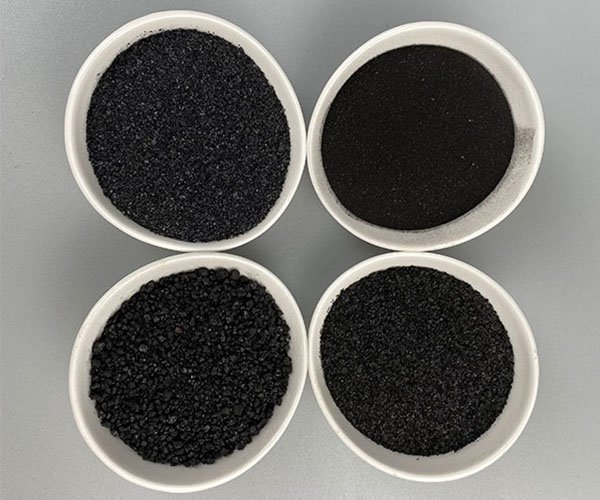Humic acid fertilizer is made from peat, lignite and other raw materials and contains a large amount of humic acid and nitrogen, phosphorus, potassium and certain trace elements required for crop growth and development.
It is equivalent to an organic and inorganic compound fertilizer and is a typical green and environmentally friendly fertilizer. It can improve soil, increase available nutrients, and stimulate crop growth.
1. Synergistic effect on nitrogen fertilizer
Nitrogen fertilizers are mostly based on carbonic acid and urea. Ammonium nitrogen is unstable and highly volatile. When mixed with humic acid fertilizer, humic acid contains functional groups such as carboxyl and phenol carboxyl groups. And it has strong ion exchange and adsorption capabilities. Reduce the loss of ammonium nitrogen.
2. Synergistic effect on phosphate fertilizer
When fast-acting phosphate fertilizer is applied to the soil, soluble phosphorus is easily fixed by the soil. After adding humic acid fertilizer, it can inhibit the fixation of water-soluble phosphorus in the soil and slow down the transformation of quick-acting phosphorus into late-acting and ineffective forms. The degraded nitrohumic acid increases the movement distance of phosphorus in the soil and promotes the absorption of phosphorus by the roots. .
3. Synergistic effect on potash fertilizer
Humic acid contains functional groups that can absorb and store potassium ions. They can not only prevent them from being lost with water in sandy soil and leached soil, but also prevent the fixation of potassium in sticky soil.
Some parts of humic acid are low-molecular humic acids such as fulvic acid. They have a dissolving effect on potassium-containing silicates, potassium feldspar and other minerals, which can slowly decompose them, increase the release of potassium, and increase the content of available potassium.
4. Synergistic effect on trace element fertilizers
There are considerable reserves of trace elements in the soil, but effective portion that can be absorbed by plants is too small. Humic acid and insoluble trace elements can undergo complex reactions to form humic acid trace element complexes with good solubility and easy absorption by plants.
It is conducive to root absorption or leaf surface absorption, and promotes the transfer of absorbed trace elements from the roots to the above-ground parts of the plant, and diffuses from some leaves to other leaves.
5. Humic acid fertilizer can indirect effect on soil
Humic acid can also improve soil structure and prevent soil cracking and soil erosion. In terms of physics, it can increase the water holding capacity of the soil, improve its drought resistance. At the same time it darken the color of the soil, which is beneficial to the absorption of solar energy;
Chemically, it regulates soil pH, improves and optimizes plant absorption of nutrients and water. And it acts as a natural chelating agent with metal ions to promote root absorption under alkaline conditions.


